Never Lose The Spark That Makes You YOU
/
Last month, my brother, Mychael Danna, held a fundraiser at our family church to celebrate his Oscar win. A packed crowd of 400 people came to hear him talk about his roots in Burlington, Ontario and his life as a film composer. A question and answer period concluded the evening. The final question of the night was asked by a student from Wilfred Laurier University who had made the trip out to see Mychael.
Her question: What advice would you give to someone who is just starting out in film composition?
His answer: Don’t lose the spark that makes you YOU.
He went on to explain that he gets demo CDs in the mail all the time and nearly every one of them sounds like John Williams (Jaws, Star Wars, Raiders of the Lost Ark); nothing made them stand out as original. He encouraged her to cultivate that part of her that made her sound original because it would make her stand out from the crowd.
It struck me that his advice applied to writing as much as composing. Each author brings something specific to the table. In our case, it was our combined backgrounds in and mutual love of science that gives our series its realistic forensic angle. Sometimes it’s tempting to look at someone successful—Stephanie Myers, Nora Roberts or James Patterson—and try to emulate their writing or storytelling style in an effort to harness their success. But it simply doesn’t work. To let your spark free, you have to write the book that’s in your heart, not someone else’s.
In many ways, this is like another futile effort—following the market. You see that the current hot trend in fiction is Amish goblins, so that’s the book you write. Except that most books take 2 – 3 years from concept to publishing, so by the time your book about Amish goblins comes out, the market has passed you and hobo erotica is the hot topic now.
Author Marianne Harden and I have had this conversation a few times. We both write mysteries—Marianne, hysterical cozies set in the Pacific northwest starring Rylie Tabitha Keyes, and myself, forensic police procedurals. We know we’re not writing in the hottest of genres right now; to do that we’d be writing urban fantasy, paranormal romance or erotic romance. But we agree that this is where we should stay as it’s not only where our strengths lie, but it’s also what we love to write. If you try to force yourself to write something simply for the market, that special spark you bring to your prose could easily be extinguished.
Part of the authoring life is about paying it forward. Most of us receive help from those who have gone before us; and then we, in turn, help those who come after us. And in helping those who are still learning their craft, we should always encourage their individuality. A new writer could be the next J.R.R. Tolkein, but if they try to slot themselves into the wrong genre or style, we may never see their talent bloom. And it would be a shame to miss out on that kind of brilliance.
Photo credit: Jessica Newton


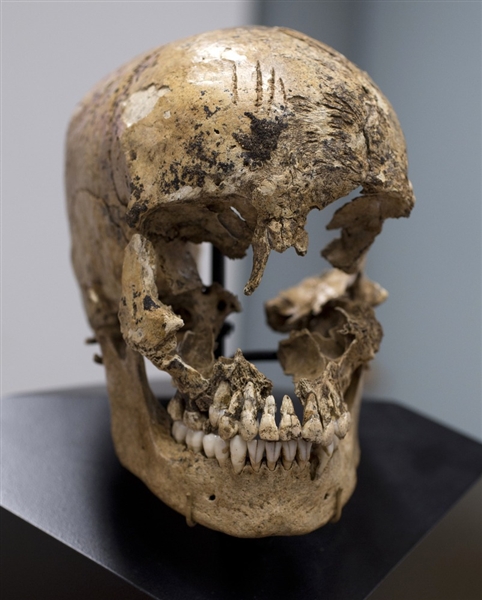

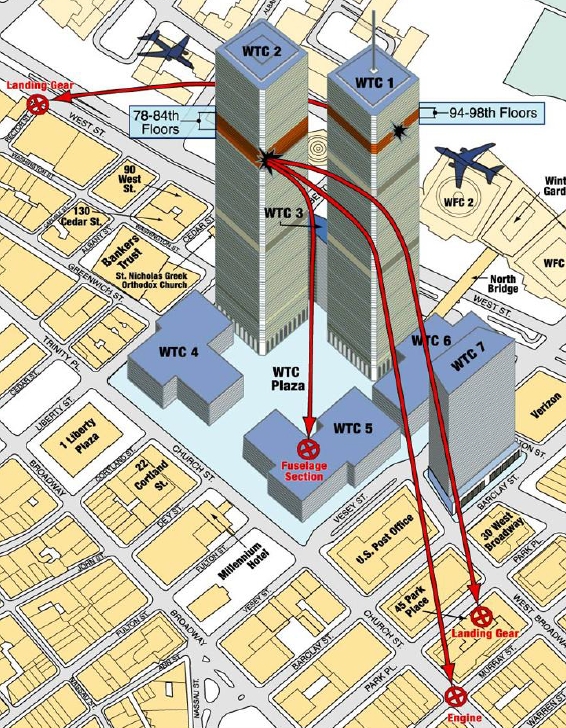
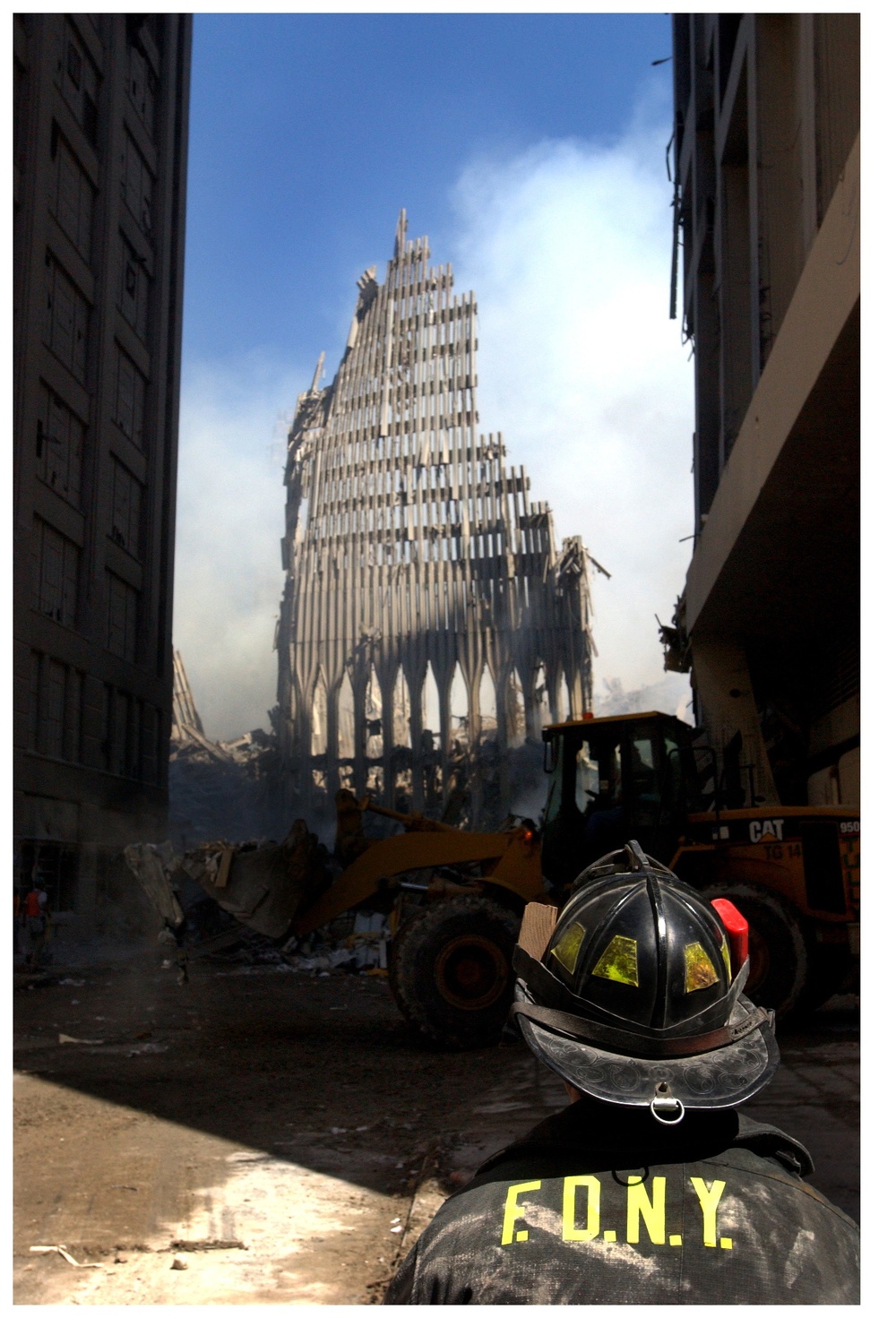

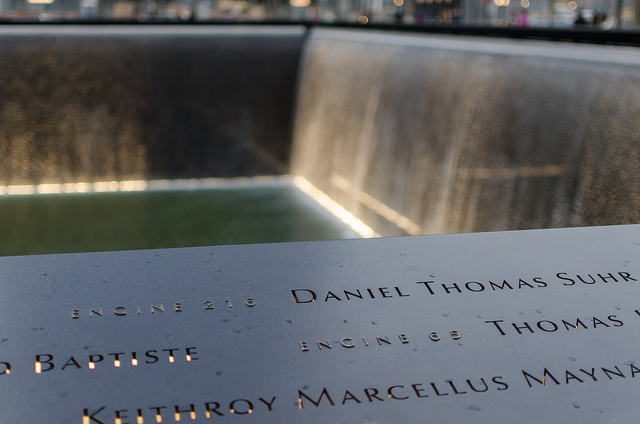





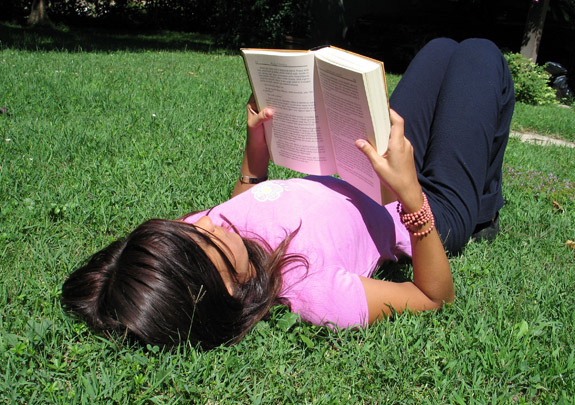






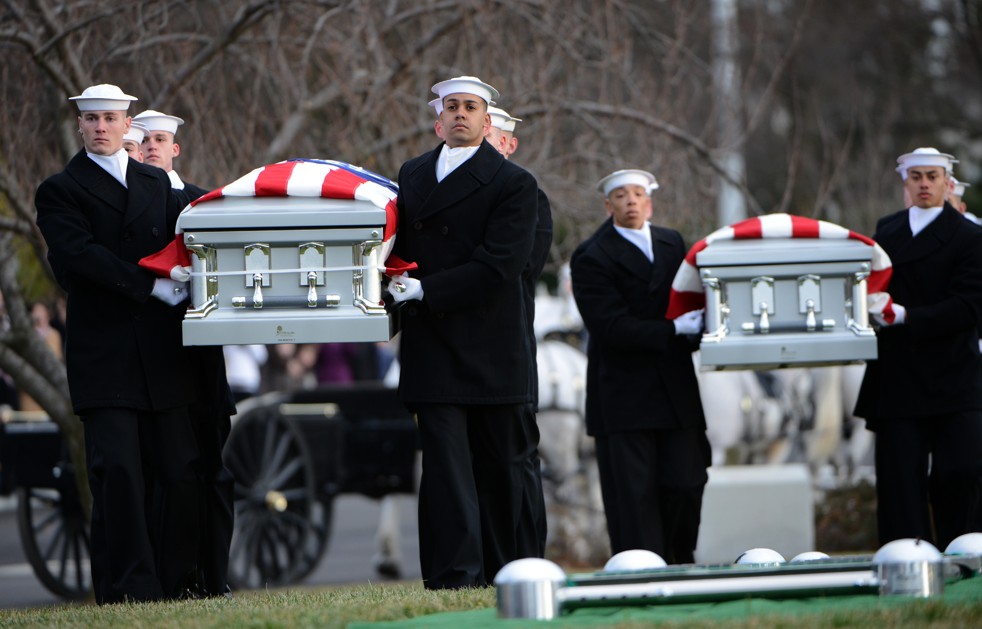














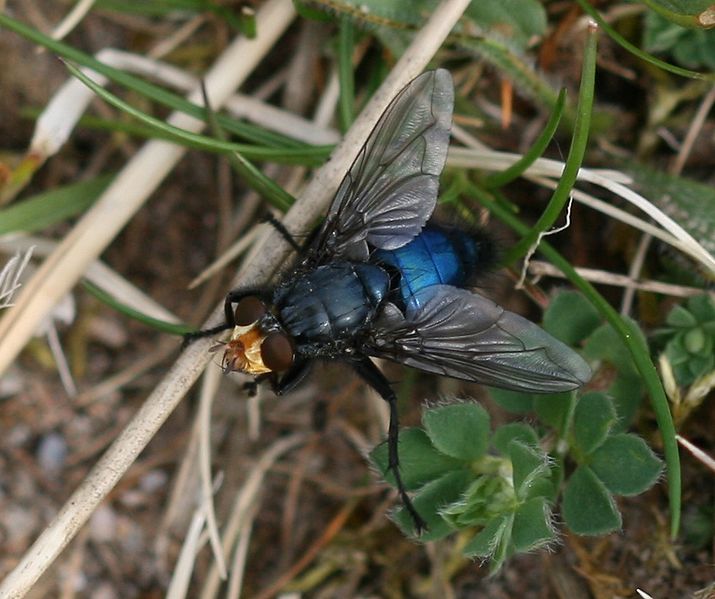









 87.5%
87.5%